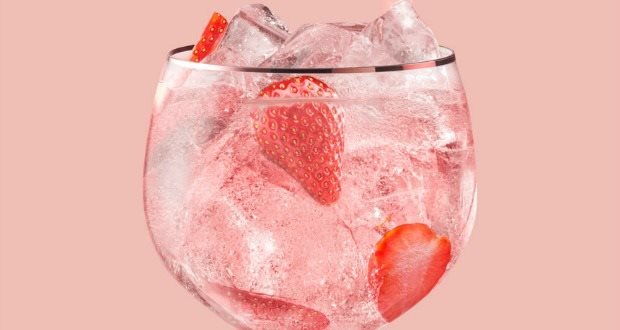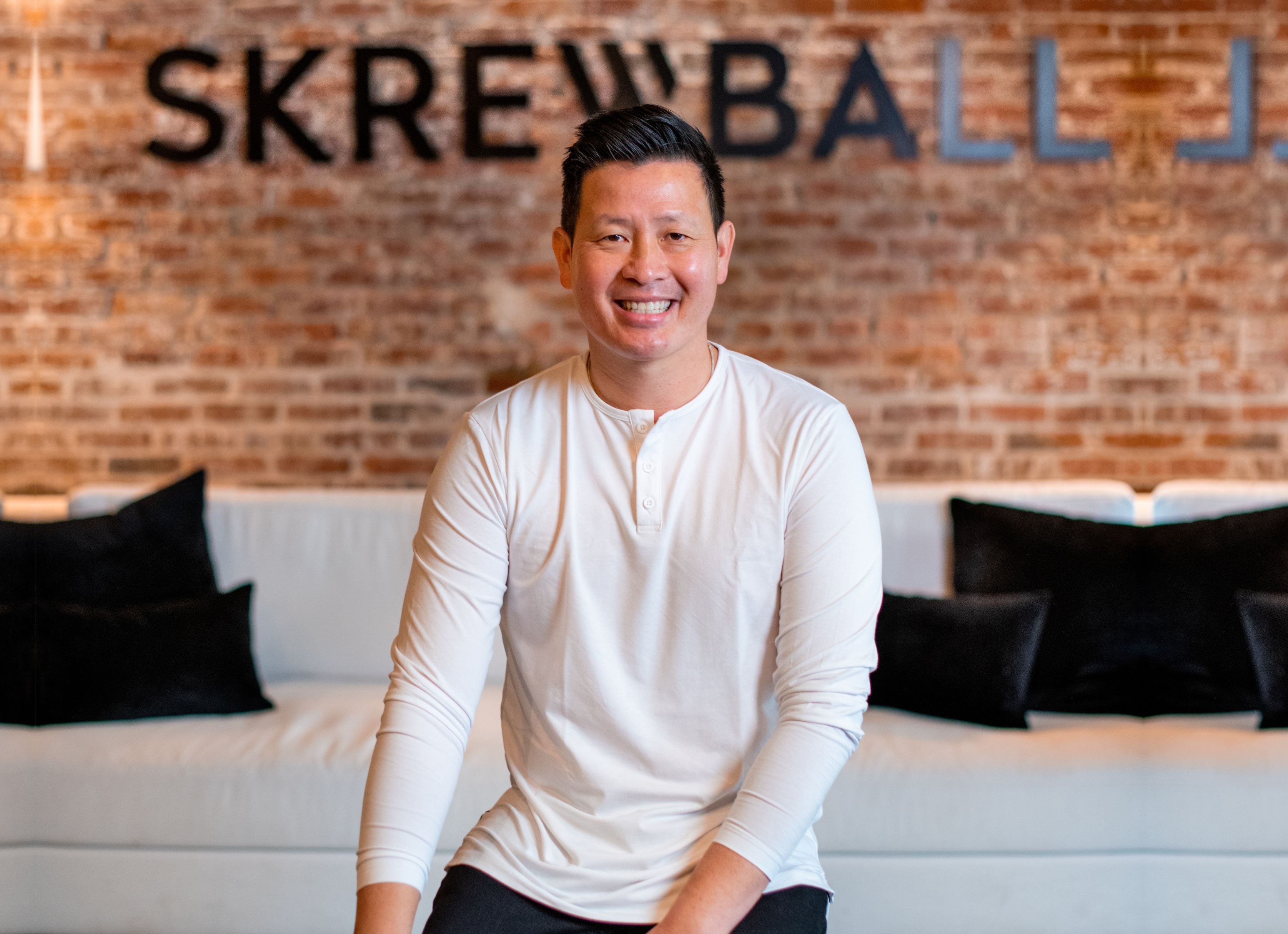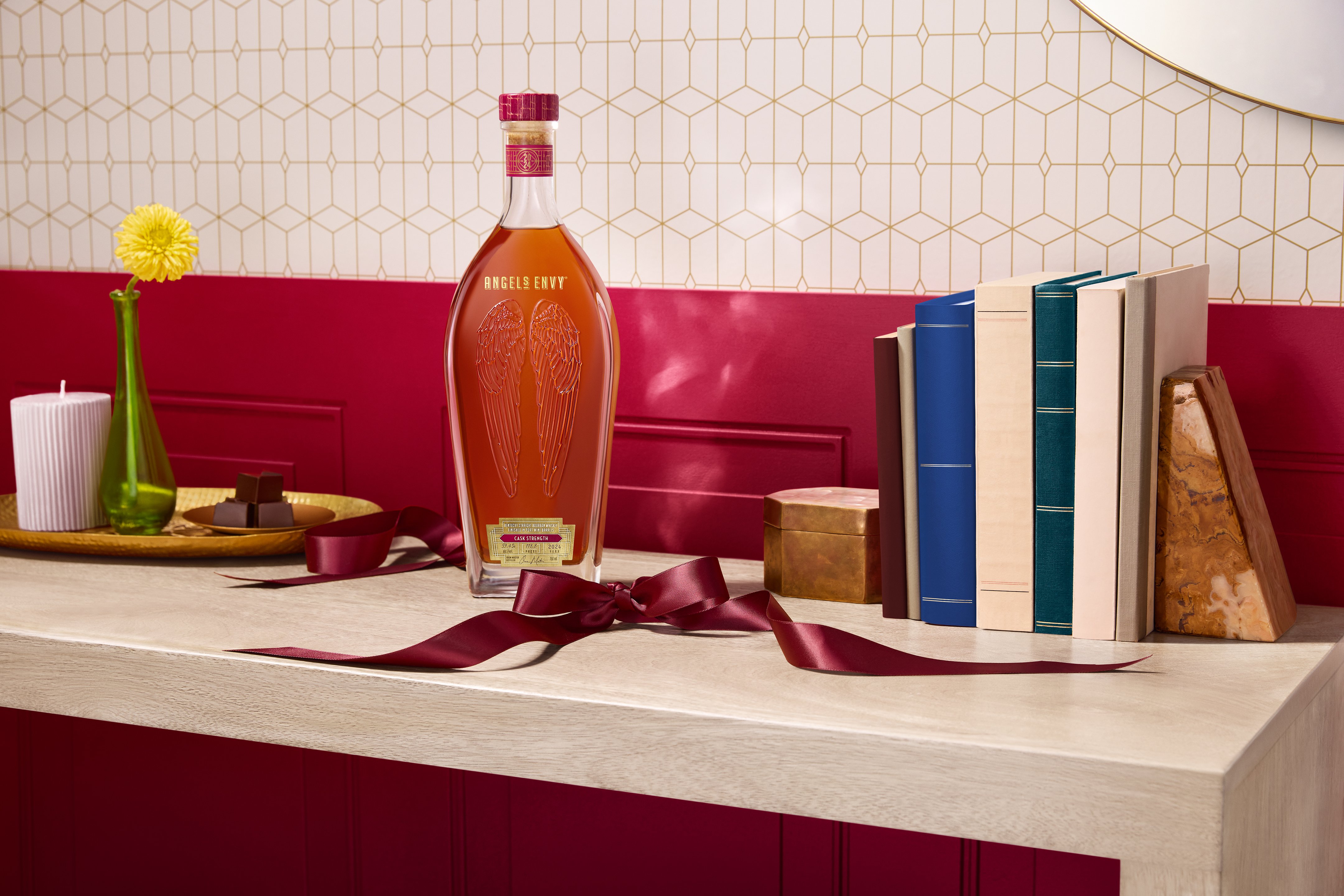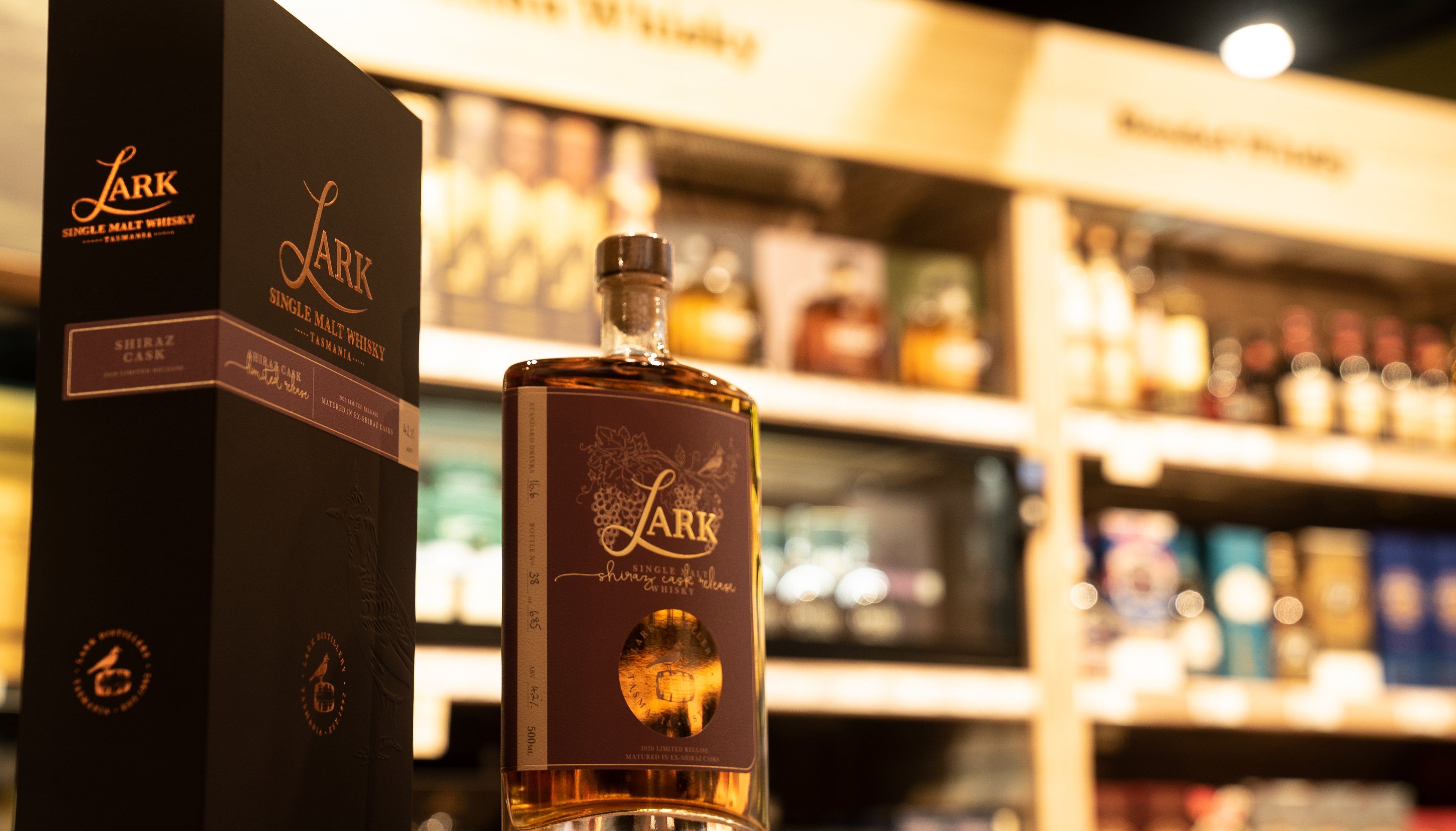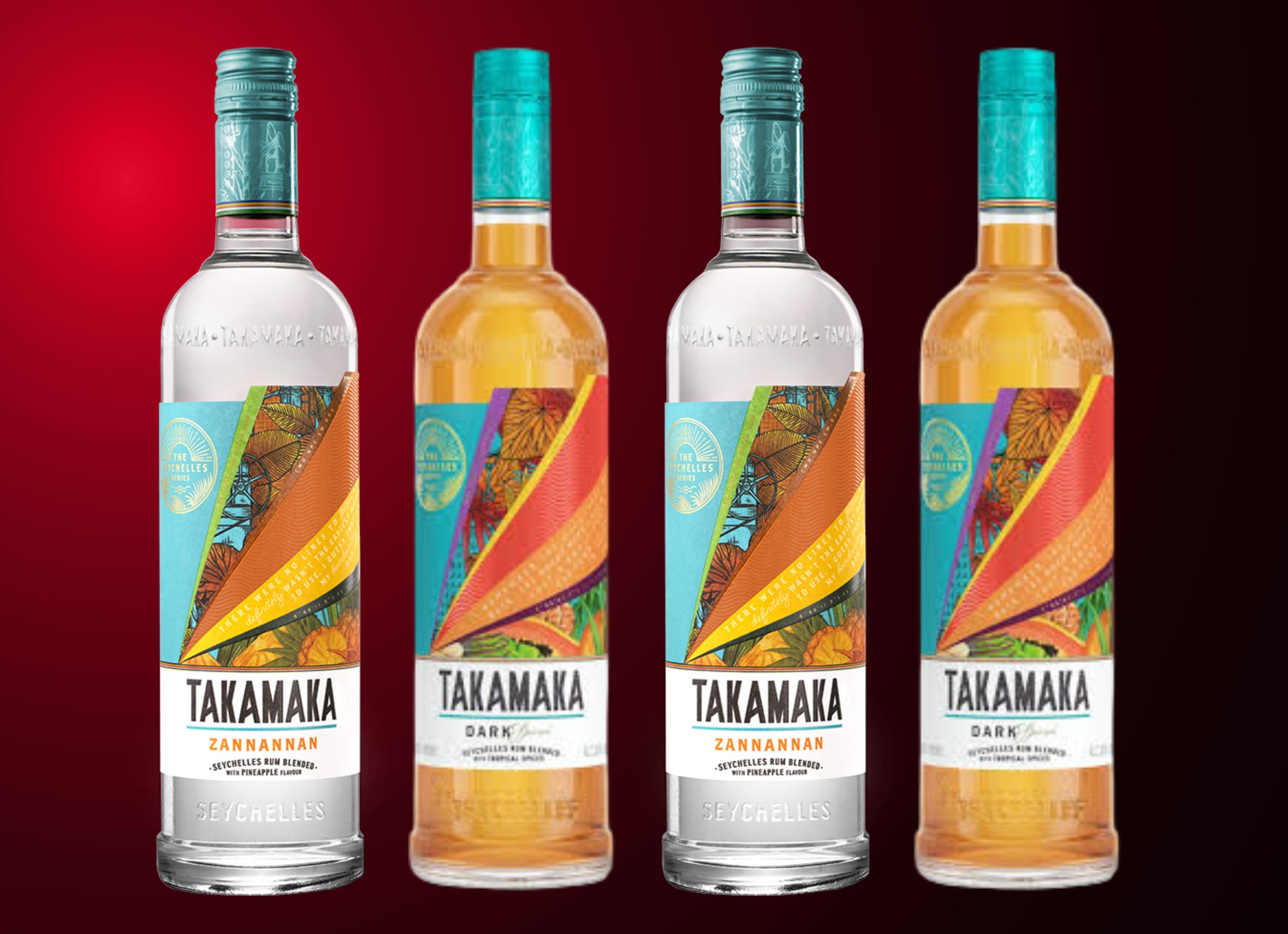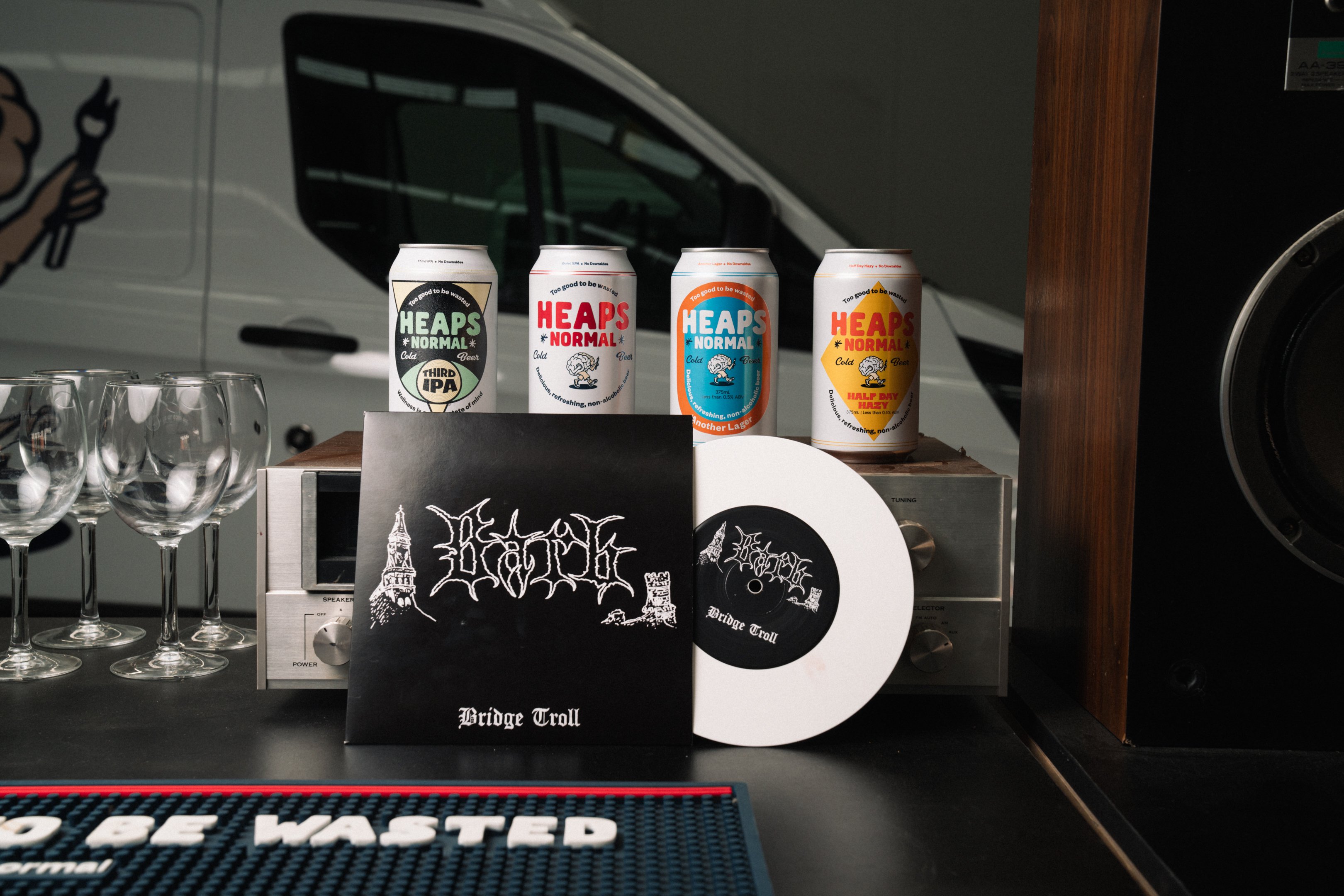Could pink gin steal Aperol's crown as summer's favourite drink?
Pernod Ricard is hoping so ... it's embarked on its largest media spend in years to launch Beafeater Pink Gin in Australia.
The campaign kicked off last month with a strategy that includes the use of media influencers and an outdoor ad campaign that released the scent of strawberries in Bondi Junction train station and Adshels in Melbourne.

Pernod Ricard Australia marketing director Eric Thomson explained the brand wanted a creative and disruptive media approach for the launch.
“For the launch of Beefeater Pink, we wanted to have a media approach that was creative and as disruptive as possible, taking a twist on traditional media to capture the attention of our millennial audience on their city commute," Thomson said. "We looked into an innovative use of strawberry-scented posters from our UK counterparts, to create a truly multi-sensory campaign that is not only highly visual but brings to life the vibrancy of Beefeater Pink. We also hyper-localised our creative to the Bondi space to really personalise our creative to our millennial audience who expect brands to make that extra effort."
The gin category in Australia is booming and is the largest contributor to glass spirits delivering an enormous $54million to the category. Pink gin is taking off in Australia with more than 35% of all gin innovation in the last 12 months being pink.
“At a time where gin popularity continues to soar in Australia and younger consumers embrace pink as the colour of their generation, this activation timed perfectly with summer to demonstrate our brand attitude,” Thomson said.
Thomson explained to AdNews that the brand is looking to "curate a visual identity that is distinct and ownable" and appeal to the "hip, modern, young professional woman".
"We feel pink is definitely the colour of summer. Not only does Beefeater Pink Gin better express the Aussie lifestyle, it brings together the trend towards rose and the gin boom. We think it’s the right way to go."
Pink gin madness
Gin specialist David T Smith told October’s London Spirits Summit that there are now 150 pink gins on the UK market, compared with fewer than five in 2013.

"The thing that's driving the growth of these is that they're appealing to to drinkers who weren't previously attracted to gin," he said.
"Consumers are sold as much on taste as appearance - it's not even necessarily abut brand, it's about the desire to drink 'the pink one'."
Analysts CGA agree it's bringing new drinkers to the category, with 54% not previously drinking gin. They are also are slightly younger and more likely to be female than buyers of upmarket craft gins.
CGA's Phil Montgomery said pink gin currently accounts for 14% of total gin sales.
“Flavoured gin continues to go from strength to strength in the on-trade with no sign of slowing down,” he told the Morning Advertiser.
“It is fast positioning itself as a staple of an outlet's gin offer and it’s clear to understand why with 54% of consumers who have purchased flavoured gin stating they do not drink gin generally, which means it can be a powerful recruitment tool [for people to get] into gin.
“With leading brands continue to ride the flavoured gin wave, the category appears to be here to stay.”
The spirit at the forefront of the craze
Gordon’s Premium Pink Gin kicked off the pink gin boom. Launched during the UK's 2017 summer, the produce added £75.2m to Gordon’s sales (total growth: £103.2m) in its first 12 months, according to Nielsen.

It was such a hit with consumers that UK supermarket Tesco had to introduce a quota to "ensure availability" for all customers prior to Valentine's Day. Customers were limited to four bottles per person.
“It’s astonishing - the most successful spirits launch of the decade,” Daniel Woolfson, drinks editor at the Grocer, told The Guardian.
Gordon’s Pink launched in Australia in May, following its huge success in the UK and Europe.
Jodi McLeod, Diageo Marketing Manager, noted at the time: “This has been the biggest gin innovation launch of the last decade in Great Britain and Europe. Gordon’s Premium Pink Gin has recruited new drinkers into both the spirits category and specifically gin, and we expect it to be a trend-setting choice in Australia as well. Not only does Gordon’s Premium Pink taste delicious, its inherent beauty when served in a cocktail makes it picture perfect for drinkers who capture their favourite Instagram moments.”
In the pink with millennials
As The Guardian notes: "Like rosé and pink prosecco before it (but ornately garnished in huge, Spanish-style balon glasses), pink gin looks great on Instagram and appeals to those who like to share shots of what they are drinking. Pink drinks are on-trend and their sweeter flavours gives them broad appeal."
“Many shoppers buying it are coming over from other categories such as wine and RTDs [ready-to-drinks, ie alcopops],” said Woolfson.
There are concerns among purists that pink gin is damaging the category, as the spirit is typically dry, spicy, bitter and citrusy. Pink gin, on the other hand, is often berry flavoured with added sugar.
Last month, VinePair declared "Pink Gin Is Millennial Marketing at Its Best or Worst (You Decide)".
It noted: "The cynics among us could place pink gins squarely within the rosé-ification of the drinks industry, where photogeneity trumps quality and we’re all only as relevant as some influencer’s next Instagram. After all, it’s absolutely true that pink gins are courting millennials. But that’s only half the story."
“Gin consumption is on the rise,” Beefeater brand director Shefali Murdia told the website. “The category is attracting a variety of different consumers.”
Gin is an especially strong player globally, with Spanish drinkers, for example, consuming 1.07 liters of gin per person annually. According to a recent IWSR report, pink gin accounted for 40% of Spanish category growth in 2017.
Nicholas Cook, director general of the Gin Guild, said he would prefer that gins with sugar or flavourings describe themselves as “spirit drinks” or, like sloe gin, as gin liqueurs.
The guild is reconsidering its labelling guidance, but as long as fruit-flavoured gins are at least 37.5% ABV and taste primarily of juniper, they are gins (as legally defined by the EU regulations).
“Some traditional gin drinkers shudder and consider them very much not gin,” said Cook. “But it is a gin variant and it will encourage people, I’m sure, to experiment with other gins."
Share the content
